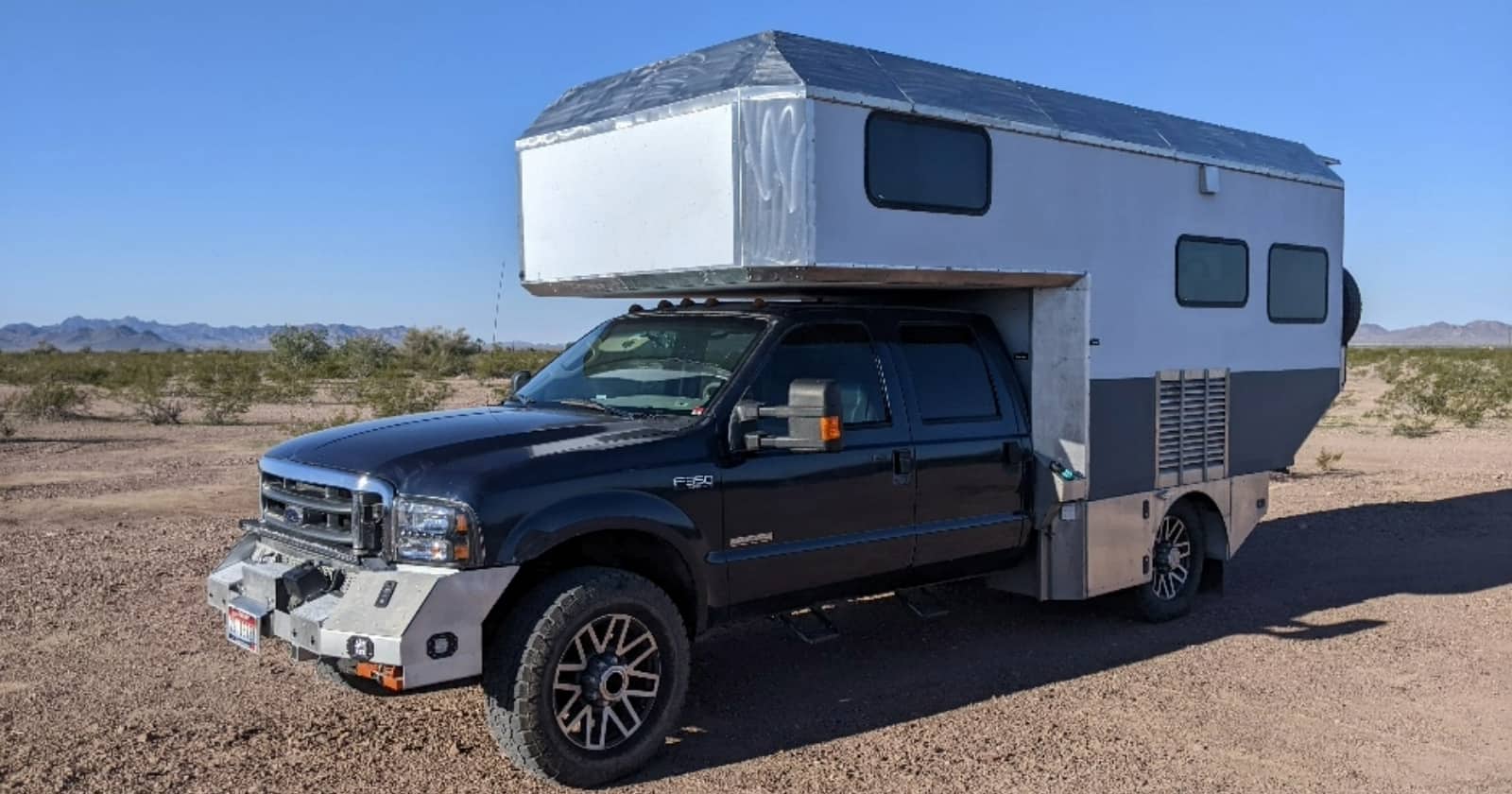RV Preventative Maintenance: It’s essential, but are you keeping up with it? Discover the key steps you need to take to ensure your RV stays road-ready and reliable.
Every RV owner knows the drill: winterizing at season’s end and de-winterizing when adventure calls again. Whether you’re a DIY enthusiast or prefer professional services, ensuring these tasks are completed is crucial. But beyond these biannual rituals, there’s an array of preventative maintenance steps that should be part of your routine throughout the year to extend the life and performance of your RV.
Preventative maintenance is the key to ensuring your RV journeys are smooth and cost-effective. Often sidelined or delayed, this aspect of RV ownership is crucial for a hassle-free experience. Remember, while RVing offers fun and relaxation, it also requires a bit of effort to truly maximize the potential of your rig.
The A-B-Cs of RV Tire Care
Air pressure, balance, and condition are the things that can extend or shorten the life of RV tires. Preventative maintenance is key when it comes to RV tires, as they can deteriorate very quickly, especially the cheap ones!
Most RVers are aware of their trailer tires while traveling and will monitor them while traveling, however, they should be looked after year-round. Blowouts aren’t the only way RV tires are ruined, many simply deteriorate from neglect.
Air pressure is not only important while on the road; an RV in storage with underinflated tires can ruin the sidewalls. Keeping your tires aired up during periods of non-use will extend tire life. For long periods of storage, especially in winter, some people will use a second set of cheap tires and store their expensive ones indoors.
Tires are typically balanced when they are newly mounted on wheels, but for many RV tires, that’s the last time it happens. As tires wear, their balance needs can change, including the amount and placement of wheel weights. Consider the unavoidable curbs and potholes encountered on your journeys. Even a minor bend in a wheel can have a significant impact on your tires. Therefore, it’s essential to regularly monitor the condition of your wheels and have your tires balanced at least once a year.
The condition of your RV tires is a significant indicator of their maintenance level. Look for signs like cracked sidewalls, uneven wear, tread life, and the age since manufacture. To ensure a longer lifespan for your tires, maintaining proper air pressure and balance is crucial. Enhancing this care with the use of tire protectants, and shielding the tires from the sun’s harmful rays, will further help in maximizing their longevity.
Wheel Bearing Maintenance
One common challenge faced by RVers during their travels is wheel bearing failure. This issue isn’t just inconvenient; it can also pose serious safety risks. The task of wheel bearings is demanding, as they rotate at high speeds while bearing the weight of your RV’s axle. This makes their role in vehicle safety and performance critical.
Because they are hidden behind the wheel and brakes, wheel bearings often get forgotten. Most newer RVs have easy lube-style bearings that can be serviced without even removing a wheel. Older-style RVs will have wheel bearings that need to be repacked. This can be a messy job but it has to be done as part of your schedule RV preventative maintenance.
Neglecting wheel bearings by allowing them to run dry, or failing to clean out old, degraded grease, can lead to bearing failure. It’s important to monitor your RV’s wheels for any signs of grease leakage and regularly check the wheel temperature during your travels. Wheels that become excessively hot are often a telltale sign that the bearings require servicing or possibly even replacement.
Mold and Moisture Prevention
Mold can be very destructive to an RV and can also be very difficult to deal with once it’s started. One of the most critical RV preventative maintenance tasks is limiting moisture and preventing mold.
Ensuring your RV has proper ventilation is key, so make sure your fans are all working and you’re using them! If your RV only has one or uses roof vents without fans, consider adding them. Moisture absorbers placed throughout your RV are a cheap and easy way to reduce the chances of mold.
During periods of non-use, it’s a good idea to air out your RV. Opening up doors and windows along with cabinets is a good way to get some airflow and do a thorough inspection for signs of mold. Small leaks under the sink or around water heaters can feed mold spores and should be dealt with regardless of how small they seem at the time.
Exterior RV Preventative Maintenance
The seals on the exterior of your RV are subject to all Mother Nature throws at them. Harsh sunlight, driving rains, ice, and huge temperature swings all take a toll on exterior seals.
Any transition from the outside of your RV to the inside requires a watertight seal. Doors, windows, roof vents, appliance access doors numerous others are all areas of potential problems. Your RV preventative maintenance schedule should definitely include seal maintenance!
Taking an afternoon to inspect all the exterior seals and replace any that are dried out, shrinking, or missing will save you time and money down the road.
Track RV Preventative Maintenance
Staying on top of RV preventative maintenance can be challenging, especially when trying to remember what has been done and what still needs attention. That’s where the RV LIFE Maintenance comes into play.
This cloud-based service ensures that no aspect of your RV’s maintenance is overlooked. Compatible with tablets, computers, and smartphones, it not only tracks upcoming maintenance schedules but also sends detailed reminder emails. These updates include information about what needs attention, the last time a task was performed, associated costs, and any relevant documentation.
Moreover, RV LIFE Maintenance transforms this data into comprehensive reports, providing instant access to documents and key dates. This tool is not only invaluable for your peace of mind, ensuring your RV operates at its best, but it also becomes a crucial asset when selling or trading in your RV, offering a clear, documented history of its upkeep. Learn more here.
Continue reading:




Well you started by showing a valve cap but I must have missed your instruction to always have either a TPMSensor or a Metal valve cap on the end of your bolt in metal stem. Your tire expert can tell you why this is important.